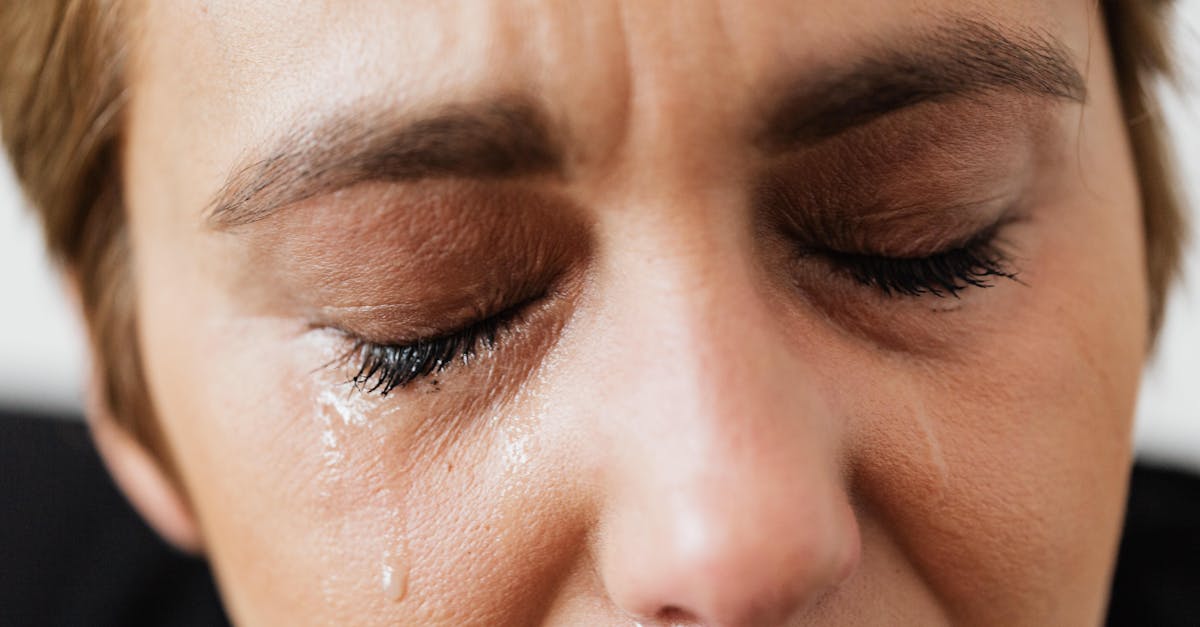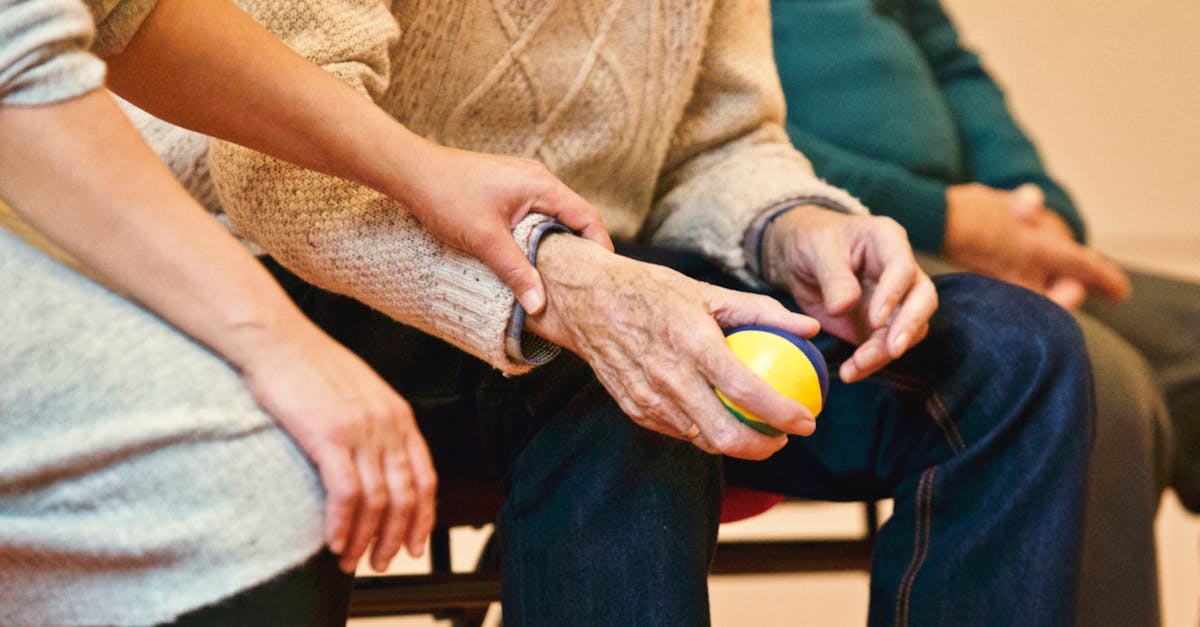Hip Flexor Pain When Standing Up: Techniques for Immediate Relief
Hip Flexor Pain: Empowering You with Relief and Prevention

Are you experiencing that sharp, nagging pain in the front of your hip that just won’t go away? You’re not alone – hip flexor pain is a common issue that can make even the simplest actions, like standing up, a struggle.
This comprehensive guide will delve into the world of hip flexor pain, empowering you with the knowledge to recognize its causes, alleviate its discomfort, and prevent future flare-ups. From identifying the underlying triggers to exploring effective pain relief techniques, this article will equip you with the tools you need to regain hip flexor harmony and restore your mobility.
Whether you’re an active athlete, a weekend warrior, or someone simply seeking relief from everyday discomfort, this guide will provide you with the insights and strategies you need to tame your hip flexor pain and reclaim your active lifestyle.
1. What is Hip Flexor Pain?
Hip flexor pain, a prevalent issue, manifests as discomfort in the anterior hip region that can extend down the thigh. This pain arises from inflammation of the hip flexor muscles, a group responsible for elevating the knee and flexing the hip. Engaging in activities that demand repetitive use of these muscles, such as running, cycling, or prolonged sitting, can strain and inflame them, leading to the onset of pain.
The intensity of hip flexor pain can vary, with some experiencing a dull ache while others endure sharp, stabbing sensations. The discomfort may worsen with specific movements, such as climbing stairs, getting out of a chair, or performing exercises that involve hip flexion. Additionally, prolonged sitting can exacerbate the pain, making it challenging to maintain a comfortable seated position.
Understanding the causes and mechanisms of hip flexor pain is essential for devising effective strategies for relief and prevention. By identifying the underlying factors contributing to your discomfort, you can tailor your approach to address the specific needs of your condition and restore pain-free movement.
Causes of Hip Flexor Pain
Hip flexor pain, often stemming from overuse, can develop in individuals who engage in activities that repeatedly engage these muscles, such as runners, cyclists, and athletes involved in sports like soccer or basketball. Overexertion and excessive strain on the hip flexors can lead to inflammation and subsequent pain.
Injuries, whether acute or chronic, can also trigger hip flexor pain. A sudden, forceful movement or a direct blow to the hip can cause muscle tears or strains, resulting in pain and discomfort. Additionally, conditions like hip arthritis or spinal stenosis can impinge on the hip flexor muscles, causing pain and restricted movement.
Tightness in the hip flexor muscles, often a consequence of prolonged sitting or muscle imbalances, can contribute to hip flexor pain. When these muscles are chronically shortened and inflexible, they become more susceptible to strain and discomfort, especially during activities that require hip flexion. Maintaining良好的姿势and engaging in regular stretching can help prevent muscle tightness and reduce the risk of pain.
Symptoms of Hip Flexor Pain
The hallmark symptom of hip flexor pain is discomfort in the anterior hip region. This pain can manifest in various ways, ranging from a dull ache to a sharp, stabbing sensation. It may also radiate down the front of the thigh towards the knee, intensifying with specific movements that engage the hip flexor muscles.
Pain associated with hip flexors often worsens with activities that involve hip flexion, such as climbing stairs, getting out of a chair, or performing exercises like lunges or squats. Prolonged sitting can also aggravate the pain, making it challenging to maintain a comfortable seated position.
In some cases, hip flexor pain can be accompanied by other symptoms, including tenderness to the touch in the hip area, muscle weakness, and reduced range of motion in the hip joint. If you experience any of these symptoms, it’s advisable to consult a healthcare professional for proper diagnosis and guidance on appropriate treatment options.
2. Techniques for Immediate Relief of Hip Flexor Pain

If you’re experiencing the discomfort of hip flexor pain, there are several techniques you can employ to alleviate the pain and improve your mobility. Here are a few effective strategies to try:
Stretching: Gently stretching the hip flexor muscles can help reduce tightness and improve range of motion. One effective stretch is the kneeling hip flexor stretch, performed by kneeling on one knee and lunging forward with the other leg, keeping the back knee bent at a 90-degree angle. Hold this position for 30 seconds and repeat on the other side.
Heat and cold therapy: Applying heat or cold to the affected area can help soothe pain and reduce inflammation. You can use a heating pad or take a warm bath to apply heat, or use an ice pack wrapped in a towel for cold therapy. Apply heat or cold for 15-20 minutes at a time, several times a day.
Massage: Massaging the hip flexor muscles can help release tension and promote relaxation. You can massage the muscles yourself or seek professional massage therapy. Use gentle pressure and avoid massaging directly on any painful areas.
Stretching
Stretching the hip flexor muscles is a crucial component in managing hip flexor pain and improving overall hip mobility. Here are a few effective stretches to try:
Kneeling hip flexor stretch: Begin by kneeling on one knee, with the other leg extended straight back. Keep your back straight and your hips square. Gently lean forward until you feel a stretch in the front of your hip. Hold this position for 30 seconds and repeat on the other side.
Standing quad stretch: Stand with your feet hip-width apart. Bend your right knee and grasp your right ankle with your right hand. Pull your heel towards your buttocks, keeping your knee close to your body. Hold for 30 seconds and repeat on the other side.
Seated hip flexor stretch: Sit on the floor with your legs extended straight out in front of you. Bend your right knee and place the sole of your right foot against the inside of your left thigh. Gently lean forward and reach towards your toes, keeping your back straight. Hold for 30 seconds and repeat on the other side.
Heat and cold therapy
Applying heat or cold to the hip flexor muscles can be an effective way to reduce pain and inflammation. Here’s how you can use these therapies:
Heat therapy: Heat can help relax muscles and improve blood flow, which can reduce pain and stiffness. You can apply heat to your hip flexors using a heating pad, hot water bottle, or by taking a warm bath. Apply heat for 15-20 minutes at a time, several times a day.
Cold therapy: Cold can help reduce inflammation and numb pain. You can apply cold to your hip flexors using an ice pack or a bag of frozen peas wrapped in a towel. Apply cold for 15-20 minutes at a time, several times a day. Avoid applying heat or cold directly to your skin for extended periods, as this can damage your skin.
Massage
Massaging the hip flexor muscles can be an effective way to relieve pain and tension. Here are some tips for massaging your hip flexors:
Self-massage: You can massage your hip flexors yourself by using your hands or a foam roller. To massage with your hands, apply gentle pressure to the muscles and move your hands in a circular motion. To massage with a foam roller, place the roller on the floor and lie down on it with your hip flexors resting on top of the roller. Gently roll back and forth over the muscles, applying pressure as needed.
Professional massage: You can also get a massage from a professional massage therapist. A massage therapist can use various techniques to massage your hip flexors, including deep tissue massage, trigger point therapy, and Swedish massage.
3. Prevention of Hip Flexor Pain
Hip flexor pain can be a nuisance, but it is largely preventable. Here are some measures you can take to keep your hip flexors healthy and pain-free:
Warm up before exercise: Warming up your hip flexors before exercising can help to prevent injury. Make sure to do some light cardio and dynamic stretches before engaging in any strenuous activity that involves your hip flexors.
Strengthen your hip flexor muscles: Strong hip flexor muscles are less likely to be injured. Incorporate exercises that strengthen your hip flexors into your regular workout routine. Some good exercises for strengthening your hip flexors include squats, lunges, and leg raises.
Avoid overuse: Overuse is a common cause of hip flexor pain. If you’re new to exercise, start slowly and gradually increase the intensity and duration of your workouts over time. Be sure to give your hip flexors adequate rest between workouts.
Warming up before exercise
Warming up your hip flexor muscles before exercise is crucial to prevent injury. Here are some effective warm-up exercises:
Standing hip flexor stretch: Stand with your feet hip-width apart. Bend your right knee and grab your right ankle with your right hand. Pull your heel towards your buttock, keeping your knee close to your body. Hold for 30 seconds and repeat on the other side.
Kneeling hip flexor stretch: Kneel on one knee, with your other leg extended straight back. Keeping your back straight, gently lean forward until you feel a stretch in your hip flexors. Hold for 30 seconds and repeat on the other side.
Dynamic hip flexor stretch: Stand with your feet shoulder-width apart. Step forward with your right leg and bend your knee so that your thigh is parallel to the ground. Keeping your back straight, lean forward and reach your arms overhead. Hold for 30 seconds and repeat on the other side.
Strengthening the hip flexor muscles
Strong hip flexor muscles are essential for maintaining good posture, balance, and mobility. Here are a few exercises to strengthen your hip flexors:
Squats: Stand with your feet shoulder-width apart. Bend your knees and lower your body until your thighs are parallel to the ground. Keep your back straight and your knees aligned with your toes. Hold for a few seconds and then return to the starting position.
Lunges: Step forward with your right leg and bend your knee so that your thigh is parallel to the ground. Keep your left leg straight and your back straight. Hold for a few seconds and then return to the starting position. Repeat on the other side.
Leg raises: Lie on your back with your legs extended. Lift your right leg up towards the ceiling, keeping your knee straight. Lower your leg back down and repeat on the other side.
Avoiding overuse
Overuse is a common cause of hip flexor pain. To avoid overuse, it is important to listen to your body and take breaks when you need them. Here are a few tips for avoiding overuse:
Listen to your body: If you start to feel pain in your hip flexors, stop the activity and rest. Pushing through pain can lead to further injury.
Take breaks: If you are engaging in an activity that requires repetitive use of your hip flexors, take breaks throughout the activity to give your muscles a chance to rest.
Cross-train: Cross-training involves participating in a variety of activities that use different muscle groups. This can help to reduce the risk of overuse injuries.
4. When to See a Doctor

If you experience hip flexor pain that is severe or does not improve with home treatment, it is important to see a doctor. The doctor may recommend further tests to determine the cause of your pain and prescribe medication or physical therapy.
When to see a doctor:
- If your pain is severe and interferes with your daily activities.
- If your pain does not improve with home treatment.
- If you have other symptoms, such as swelling, redness, or fever.
What to expect at your doctor’s appointment:
- Your doctor will ask you about your symptoms and medical history.
- Your doctor will perform a physical examination.
- Your doctor may order imaging tests, such as an X-ray or MRI, to rule out other conditions.
When to Seek Immediate Medical Attention
If you experience any of the following symptoms, you should seek immediate medical attention:
- Sudden, severe pain in your hip.
- Inability to bear weight on your affected leg.
- Swelling, redness, or warmth around your hip joint.
- Fever.
- Numbness or tingling in your leg or foot.
These symptoms may indicate a more serious underlying condition, such as a hip fracture, infection, or nerve damage. It is important to seek medical attention as soon as possible to rule out any serious problems and receive appropriate treatment.
5. Additional Resources
The following resources provide more information on hip flexor pain:
American Academy of Orthopaedic Surgeons: https://www.aaos.org/en/patient-education/conditions-and-treatments/hip-flexor-pain/
Mayo Clinic: https://www.mayoclinic.org/diseases-conditions/hip-flexor-pain/symptoms-causes/syc-20374449
National Institute of Arthritis and Musculoskeletal and Skin Diseases: https://www.niams.nih.gov/health-topics/hip-pain
American Academy of Orthopaedic Surgeons
The American Academy of Orthopaedic Surgeons (AAOS) is a leading provider of information on hip flexor pain. Their website offers a comprehensive overview of the condition, including causes, symptoms, diagnosis, and treatment options. The AAOS also provides a number of patient education resources, such as videos, infographics, and fact sheets, to help you learn more about hip flexor pain and how to manage it.
One of the most helpful resources on the AAOS website is the patient education guide on hip flexor pain. This guide provides a detailed explanation of the condition, including the different types of hip flexor pain, the causes of hip flexor pain, and the symptoms of hip flexor pain. The guide also discusses the diagnosis and treatment of hip flexor pain, including both conservative and surgical treatment options.
If you are experiencing hip flexor pain, the AAOS website is a valuable resource for learning more about the condition and finding treatment options. The website offers a wealth of information, including patient education guides, videos, infographics, and fact sheets, to help you understand hip flexor pain and make informed decisions about your care.
Mayo Clinic
The Mayo Clinic is a world-renowned medical center that provides expert care for a wide range of conditions, including hip flexor pain. Their website offers a comprehensive overview of the condition, including causes, symptoms, diagnosis, and treatment options. The Mayo Clinic also provides a number of patient education resources, such as videos, infographics, and fact sheets, to help you learn more about hip flexor pain and how to manage it.
One of the most helpful resources on the Mayo Clinic website is the patient education guide on hip flexor pain. This guide provides a detailed explanation of the condition, including the different types of hip flexor pain, the causes of hip flexor pain, and the symptoms of hip flexor pain. The guide also discusses the diagnosis and treatment of hip flexor pain, including both conservative and surgical treatment options.
If you are experiencing hip flexor pain, the Mayo Clinic website is a valuable resource for learning more about the condition and finding treatment options. The website offers a wealth of information, including patient education guides, videos, infographics, and fact sheets, to help you understand hip flexor pain and make informed decisions about your care.
Quiz:
1. What is the most common symptom of hip flexor pain?
- (A) Pain in the front of the hip
- (B) Pain in the back of the hip
- (C) Pain in the knee
- (D) Pain in the thigh
2. Which of the following can cause hip flexor pain?
- (A) Overuse
- (B) Injury
- (C) Tight muscles
- (D) All of the above
3. What is a simple way to relieve hip flexor pain when standing up?
- (A) Stretching the hip flexor muscles
- (B) Applying heat or cold to the hip flexor muscles
- (C) Massaging the hip flexor muscles
- (D) All of the above
Answer Key:
- (A)
- (D)
- (D)
Answer Key:
- (A)
- (D)
- (D)
